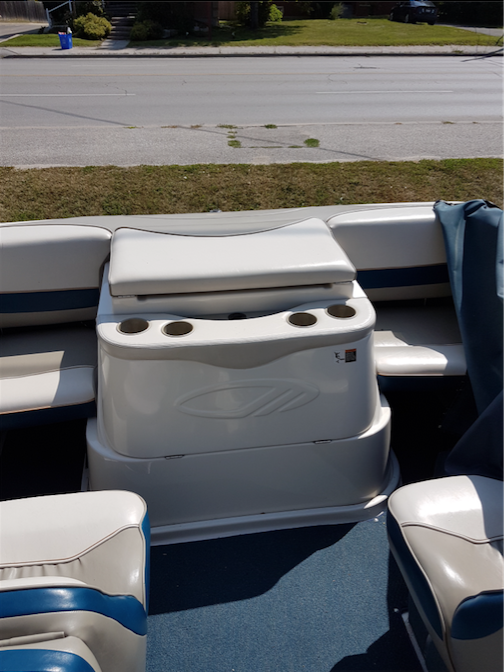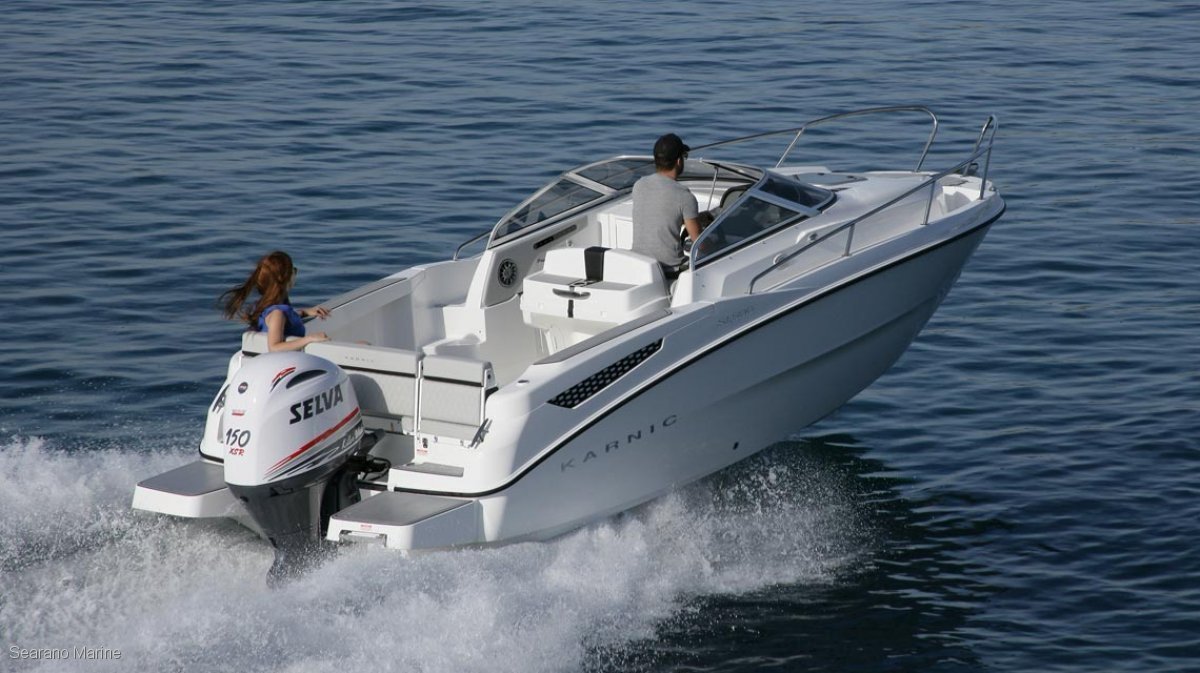Most of the chronic osmosis problem boats were seen in europe in the 1980s and 1990s and were made ten to twenty years earlier. epoxy paints [not anybody's "epoxy resin"] designed as moisture diffusion barriers are appropriate, with degreasing and sanding first to ensure a clean surface. i make one such.. There is a common myth that drying out a boat with an osmosis treatment will make the boat much lighter, as tons of water will have soaked into the hull. in fact, no matter how "wet" the grp is, it can only hold a maximum of around 2% to 3% water, and the grp itself only forms maybe 20% at most of a typical sailing yacht's total displacement.. Osmosis explained osmosis is fibreglass cancer. in permanently immersed polyester fibreglass boats, there are some laminates which contain certain defects which attract water into the structure of the fibreglass, and this water creates enough internal pressure to form blisters in the hull. these.
Fiberglass boat inspection by rayplex ltd the fibreglass experts. is your hull waterlogged by osmosis? what is osmosis? water seeps into your boat's hull (often through tiny stress fractures associated with the various fittings and fastenings attached to the hull and deck) and travels via capillary-like action along layers of the fiberglass and resin laminated structure (or fiberglass and. Often boats that have had full osmosis jobs done previously, and are blistering again, come into this category. all coatings and contaminated glass are removed to find a sound, solid and dry base. remedial rebuilding is done with vinylester resin and p-mat csm, before fill fairing, priming and reantifouling.. Osmosis occur only on most recent boats osmosis occur only on older boats generally osmosis do not appear during the first 4-5 years of boat's life that treatment does not work, because osmosis occur right after curing ( usually said about a good treatment wrongly applied, sometimes on purpose)..

